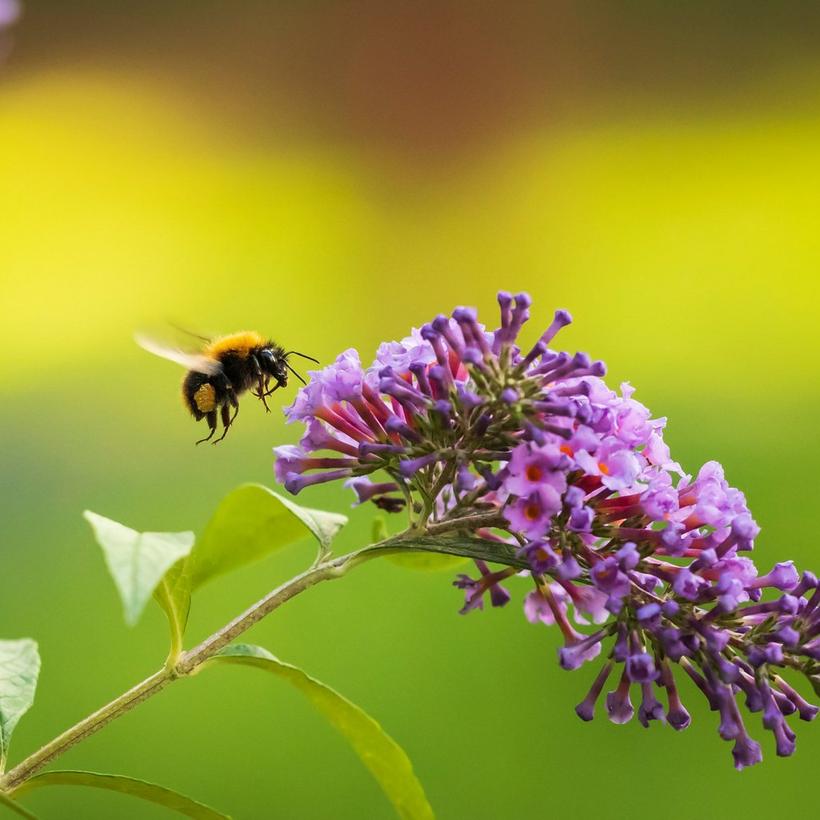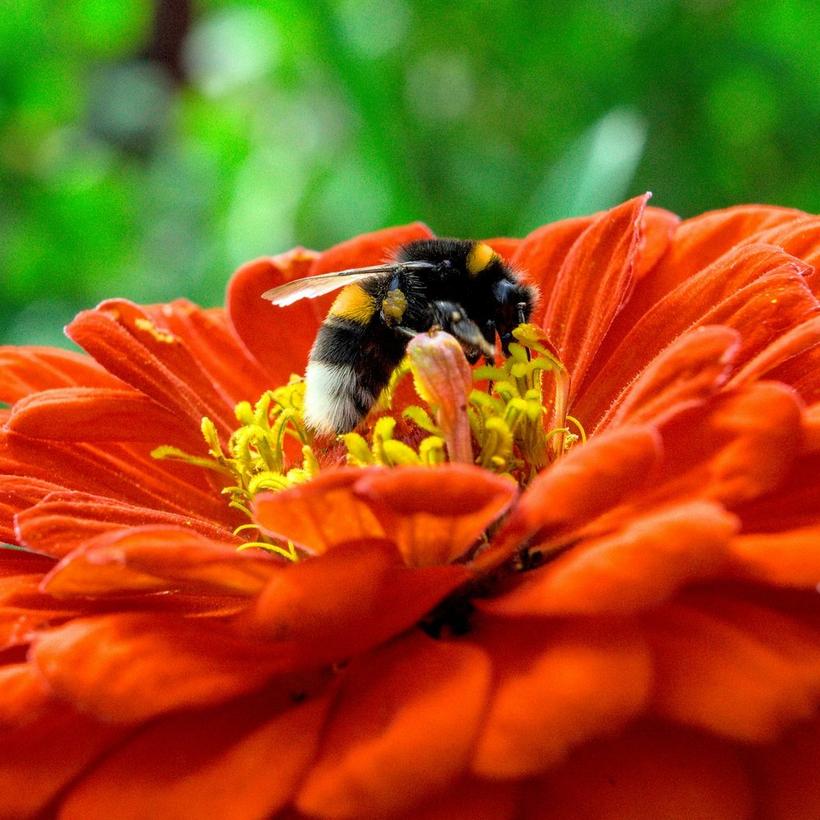What PlantsAre NotBee Friendly?
You cannot escape the fact that bees are important to humans. We know that honeybees are great at giving us the delicious honey we enjoy on our toast, but there are lots of different species of bees flying around, from solitary, bumble and honeybees. Each one is an essential part of the ecosystem, involved in pollinating the food needed for both humans and animals. Small yet incredibly powerful, without bees we would have a big problem.
Around a third of UK bees have disappeared in the last 10 years and some species are at a growing risk of extinction. In order to survive, bees need to land on many flowers as possible. And in order for new flowers to grow, they need bees. Unfortunately, their natural habitat is disappearing too quickly.
We can all do our bit by planting lots of bee-friendly flowers in our gardens. You don't even need much room - a flower-filled pot outside your door or window box will help the bees, to give them a quick snack stop and a rest as they journey around their surroundings.
You'd think that all flowers were useful to bees, but that's not always the case. We’ll explain which plants are ‘anti’ bees and why some flowers are pure heaven to these important pollinators, so you can make sure you plant to right ones to help our fuzzy friends to thrive.
What colour flowers do bees like?
If you want to choose a bee-friendly flower, start with the colour. It is more important than you think! To understand why, we need to get a little bit scientific on you. You see, for us humans to see the world as we do, we absorb a combination of reds, greens and blues. We then turn these into a vast array of colours that pretty much cover the whole spectrum of a rainbow.
A lot of animals tend to be more limited in their colour range. For example, cats and dogs mostly see greys with a limited range of yellows and blues. Bees are some of the lucky ones. They can see a much larger scale of colours including greens, blues, oranges and yellows.
We shouldn't get too smug about seeing more colours. Lots of these animals, including bees, can see something we can't – ultraviolet or UV. The word translates as ‘beyond violet’ and appears after the colour violet on the spectrum. It is invisible to most humans, but animals who see this light can use it to help search for food.
So what flower colour attracts bees the most? In their world, the rules are simple - the more colourful the flower, the more attractive it will be. Blue, violet and purple flowers are a great choice because they have a high UV reflectance level compared to other colours – think of all those bees you see buzzing around lavender fields. Choose flowers such as buddleia, iris and alliums and they will go crazy for it.
You may have noticed that when talking about the colours a bees see, we left out red. That is because a bee cannot see this colour at all. Show a bee something red and all they’ll see is black. On a flower, that means they are unable to distinguish between the petals and the nectar – not much good to them. If you want to include a bloom in this colour in your garden, you need to include the other thing they love - a strong fragrance!


Importance of the scent
Flowers with little pollen
Although most flowers and plants rely on their pollen to keep going, not all plants produce high enough levels for bees. While these are great for anyone suffering from hay fever or allergies and don’t want to spend all summer in a sneezing fit, they are not so great for our fuzzy friends.
Generally speaking, the more a plant has been developed as a hybrid (where plants are cross-pollinated to create a new variety) the less pollen it creates. To collect enough nectar and pollen, bees would need to stop at lots of these flowers. You will find that quite a few bedding plants like pansies, french marigolds, busy lizzies and petunias come from hybrid varieties. As a result, they contain very little pollen.
Another consideration is the structure of the flower. Plants with double blooms like some peonies or anemones may produce lots of pollen. However, their mass of overlapping petals makes it far too difficult for the bee to get into the flower and extract the pollen. They could easily wear themselves out before getting hold of the treasure they’re looking for. To make life easier for the bee, you need lots of flowers with a single row of petals such as echinacea or aster.
Plants poisonous to bees
We know that flowers are essential for bees, but did you know that some blooms are actually harmful? This is surprising when you consider that plants generally need pollinators to help them survive.
Luckily there only appears to be a small number that could cause problems in the UK - rhododendrons and azaleas being the worst offenders. It all comes down to the fact they contain an andromedotoxin that is toxic to some insects.
This is not the case for all bees! Kew Gardens tested the flowers and found that the buff-tailed bumblebee and solitary mining bees could happily feed on the nectar. Yet when honeybees fed on the rhododendron's nectar they died in a matter of hours. Even more surprising is the fact that in Turkey, honeybees happily feed on rhododendron and azalea plants with no problems. It’s a bit of a problem for the locals though, the toxins from the plant transfers into the honey and has been known to poison anyone eating it.
Non-flowering plants
It makes sense that bees need flowers for food. In return, flowers need bees to pollinate and survive. So, it goes without saying that a plant that doesn’t produce flowers is pretty much going to be ignored by our stripey friends.
If you look at the basics of how a plant reproduces, it is not surprising that most of them produce flowers. However, there are a few that don’t - ferns and mosses are perfect examples. These ones don’t need insects to pollinate and instead release their spores and let it get carried away by the wind. If you want to attract bees to your garden, perhaps introduce some flowering plants amongst your ferns.
So to sum up which flowers aren’t going to attract bees, they’re red, unscented and with tight flower heads. Simple! Plant colourful and scented flowering plants and you can help the bees all year round, from the comfort of your garden.
